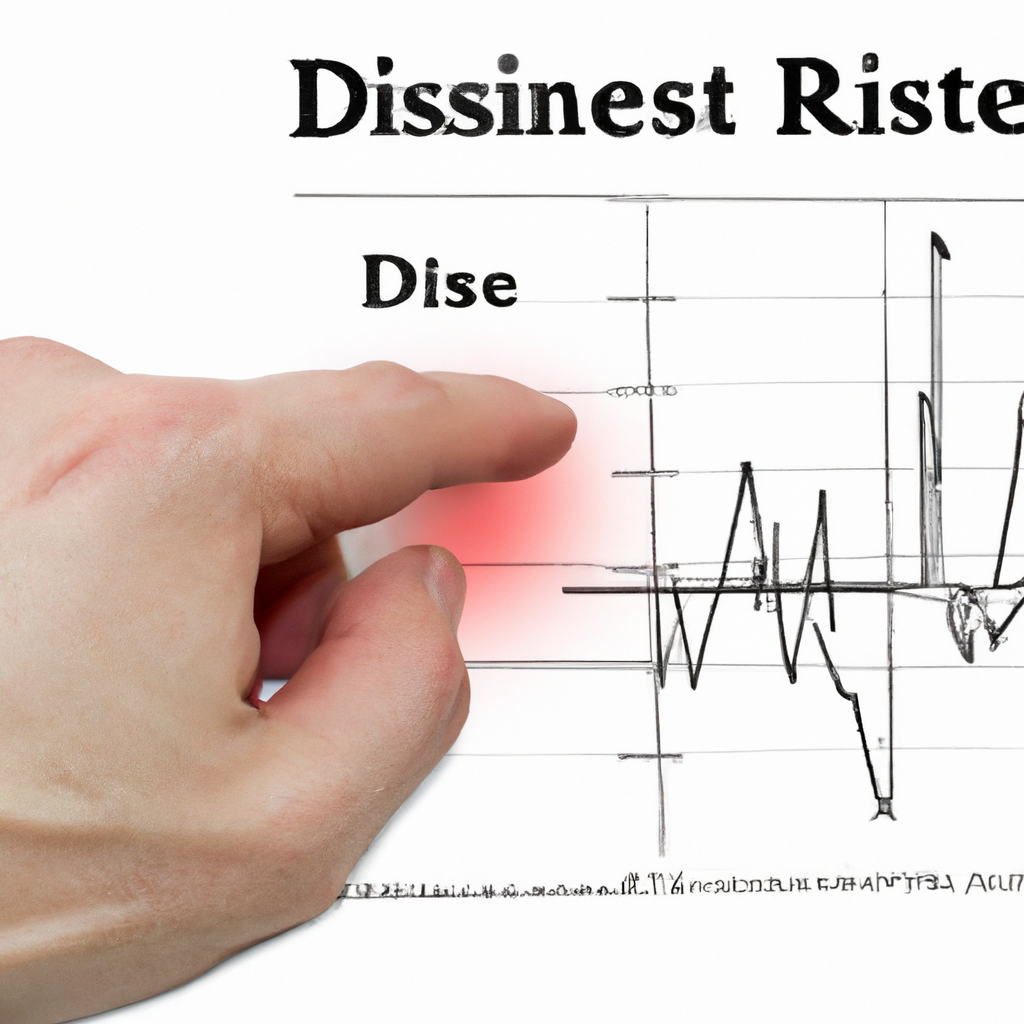Identifying RSI Divergence: A Key Indicator for Traders
Introduction
When it comes to technical analysis, traders often rely on various indicators to identify potential market trends and make informed trading decisions. One such indicator is the Relative Strength Index (RSI), which helps traders determine overbought or oversold conditions in a market. However, another valuable application of the RSI is identifying divergence, a powerful signal that can indicate a potential trend reversal. In this article, we will explore how to recognize RSI divergence and its significance in trading strategies.
Understanding RSI Divergence
RSI divergence occurs when the price of an asset and its corresponding RSI indicator move in opposite directions. This divergence suggests a potential shift in the market’s momentum and can serve as an early warning sign of a trend reversal. Traders often use RSI divergence to confirm or contradict the prevailing price trend, helping them make more accurate predictions about future price movements.
Types of RSI Divergence
There are two main types of RSI divergence: bullish and bearish.
Bullish Divergence
Bullish divergence occurs when the price of an asset forms a lower low, while the RSI indicator forms a higher low. This indicates that the selling pressure is weakening, even though the price continues to decline. Bullish divergence suggests that a potential trend reversal to the upside may be imminent, providing traders with a buying opportunity.
Bearish Divergence
Bearish divergence, on the other hand, occurs when the price of an asset forms a higher high, while the RSI indicator forms a lower high. This indicates that the buying pressure is weakening, despite the price continuing to rise. Bearish divergence suggests that a potential trend reversal to the downside may occur, signaling traders to consider selling or shorting the asset.
Identifying RSI Divergence
Identifying RSI divergence involves a careful analysis of both price movements and the RSI indicator. Here are the steps to identify RSI divergence:
Step 1: Observe Price and RSI Trends
Start by analyzing the price chart and the corresponding RSI indicator. Look for significant highs and lows in both the price and the RSI.
Step 2: Compare Highs and Lows
Compare the highs and lows of the price chart with those of the RSI indicator. For bullish divergence, look for a lower low in price and a higher low in the RSI. For bearish divergence, look for a higher high in price and a lower high in the RSI.
Step 3: Confirm with Volume and other Indicators
RSI divergence becomes more reliable when confirmed by other technical indicators or volume analysis. Consider looking at volume trends, trend lines, or other oscillators to strengthen your divergence analysis.
Step 4: Take Action
Once you have identified RSI divergence, it is crucial to consider it in the broader context of the market and your trading strategy. RSI divergence alone is not a guarantee of a trend reversal, so it is essential to use it in conjunction with other technical analysis tools and risk management strategies.
Conclusion
RSI divergence is a valuable tool for traders to identify potential trend reversals and make informed trading decisions. By understanding the different types of RSI divergence and following a systematic approach to identify it, traders can enhance their technical analysis skills and improve their overall trading performance. Remember, practice and experience are essential to master the art of identifying RSI divergence effectively.

